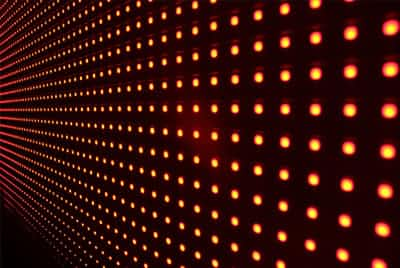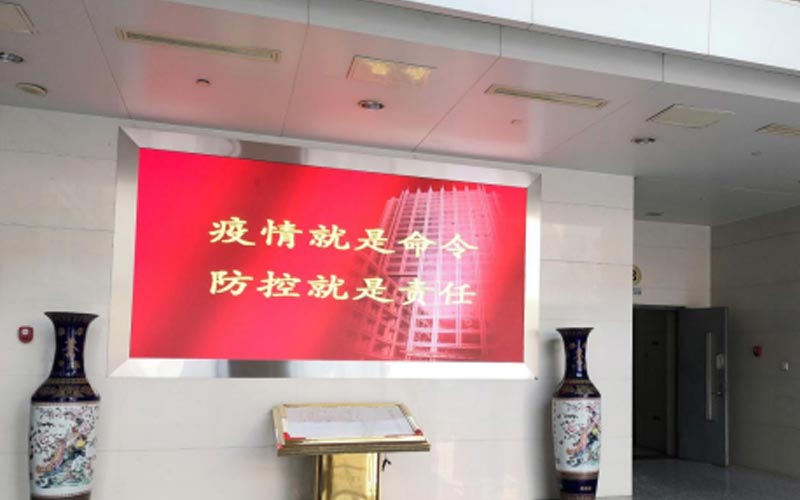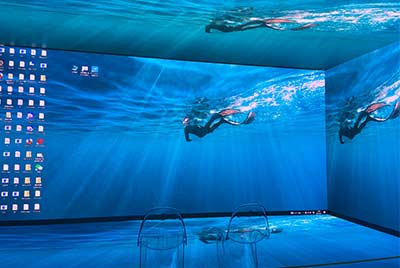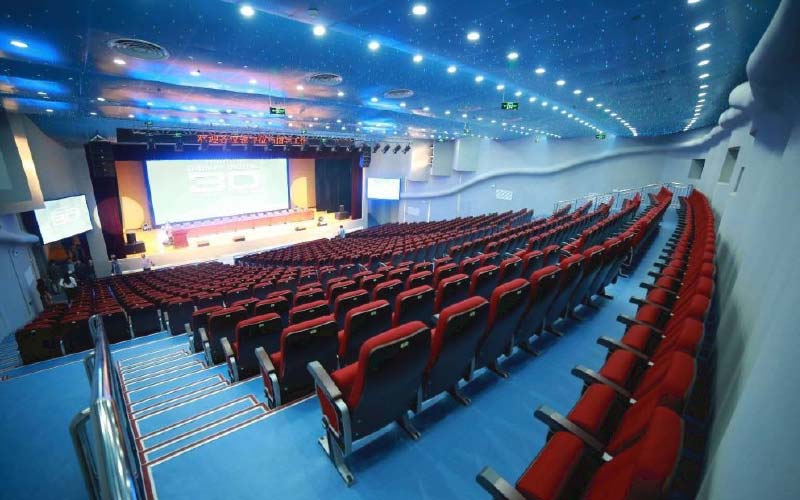 2022-05-18
2022-05-18
Speaking of LED displays, many people are not unfamiliar. Nowadays, LED displays are not uncommon in subways, shopping malls, buildings, boutique shops, conference rooms, and other places etc. So, when buying an LED display, the higher the brightness, the better the quality?

As we all know, LED, as a new type of light-emitting technology, is based on light-emitting diodes, and has the excellent characteristics of low energy consumption and high brightness. Therefore, LED displays are becoming more and more popular in many scenarios in real life. Not only that, when many businesses introduce LED products to users, they often promote "low energy consumption and high brightness" as the outstanding feature, creating a perception for users that "the higher the brightness, the better, and the more valuable". Is that really the case? To achieve a good energy-saving goal our excessive pursuit of high brightness is contrary to the energy-saving goal. So what is mutual relationship between "high brightness" and "high energy-saving"?
Generally, the brightness range of indoor LED displays is recommended to be around 800-1200cd/㎡, and it is recommended not to exceed this range. The brightness range of outdoor LED displays is around 5000-6000cd/㎡, which should not be too bright. The brightness of the LED display is not the higher, the better. There should be a limit. For example, the maximum brightness of the outdoor LED display used is 6000cd/㎡. However, if you adjust its brightness to 7000cd/㎡, it means to consume more currents. However, the physical characteristics of LED light will be inevitably damaged: high-brightness LED light must be accompanied by high attenuation and low stability characteristics. High attenuation is not only not conducive to the long-term use of LED displays but also becomes an excessive pursuit of high brightness, having a very impact on the lifespan and picture effects of LED displays in a multiplier effect. It will double the speed of its brightness attenuation, resulting in several times faster attenuation in the later stage, making it a display with high attenuation. Moreover, it exists in a vicious circle of brightness attenuation, which cannot meet the requirements of long-term use at all.
Not only that, but today, the light pollution problem in cities around the world is becoming more and more serious, and many countries have even introduced laws and regulations to strictly control the brightness of outdoor lighting and display screens. When it comes into night the excessively bright screen will become an invisible "pollution". Therefore, the pursuit of a balance between brightness and environmental protection seems more significant.

The last factor to consider is cost. Simply pursuing higher brightness will inevitably lead to an increase in the overall cost of the project. At the same time, it also means that users are likely to pay for the performance that exceeds their usage requirements, resulting in lots of wastes. Therefore, when purchasing an LED display, there is no need to listen to the talk of the merchants that the higher the brightness, the better the performance. The most important thing is to understand that the blind pursuit of only brightness is meaningless, and even causes the loss of picture quality, life, and cost.







Need good-quality LED displays for your projects? Interested in becoming one of our distributors? In need of technical supports to better serve the customers? Want to learn more about our products & services? Please hesitate no more and contact Dakco via the link below!
Contact us